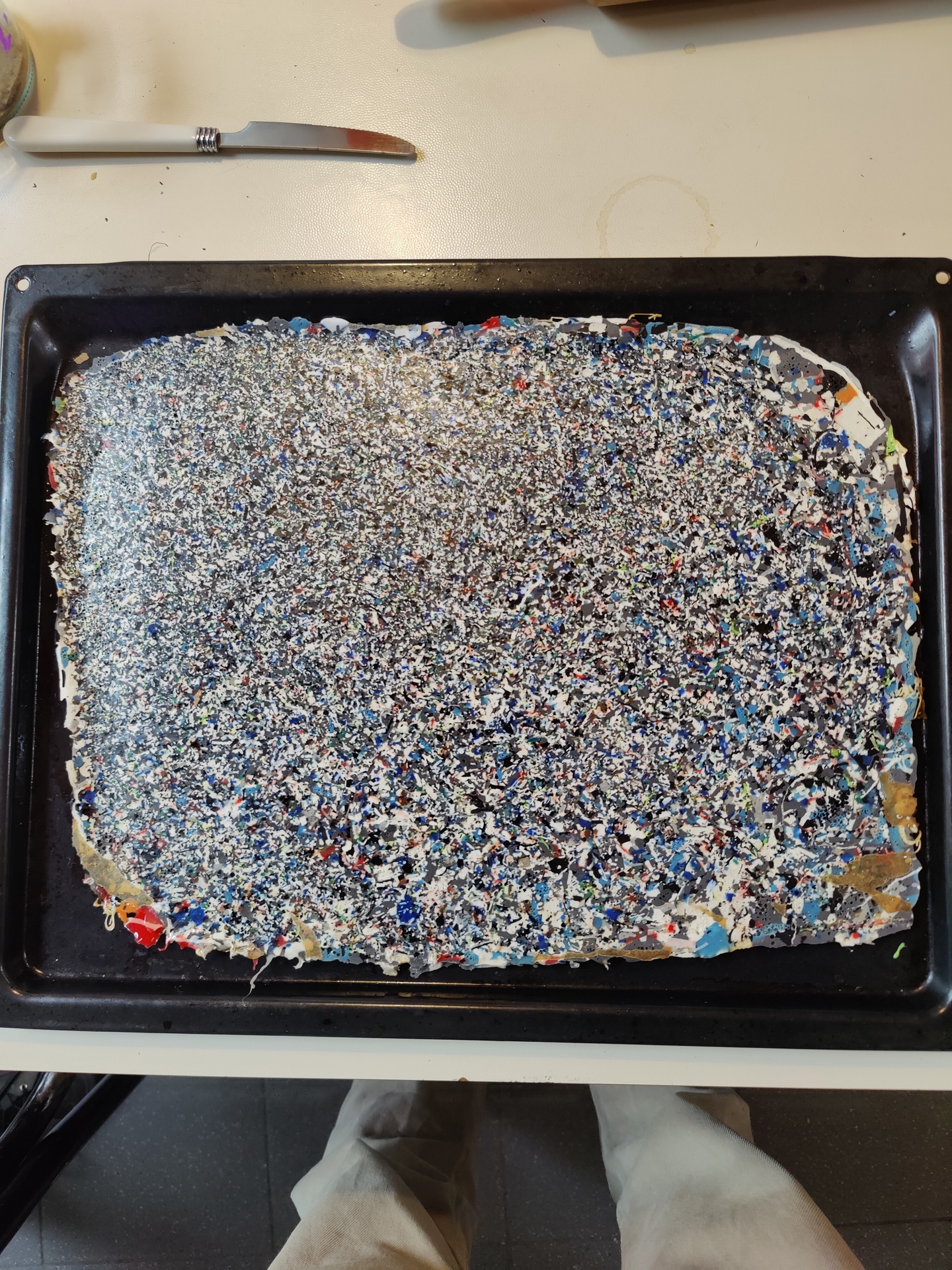

Our solution that is aimed at tackling a specific problem within sustainable development goal 12, collecting and recycling used PLA by melting the PLA, turning it into a product that can decompose and or be infinitely recycled. For a proof of concept, we will be creating large slabs of solid PLA for further prototyping uses.

PLA is a decomposable bio-material, due to this it will be tested for the amount of time it takes to decompose PLA in different environments. The environments can be soil, water, exposure to sunlight, or a combination of multiple factors, regardless of descriptions and or photographs to provide the effects of the PLA in environments.
Because of environmental concerns, an appropriate heating process needs to be chosen. Creating the prototype might require a house oven or a microwave, an inefficient way to heat up a small quantity of PLA, but unfortunately, those are the only ones available at this time. From a commercial point of view, it might prove difficult to obtain concrete numbers on how much energy per kilogram is wasted depending on the different kinds of factories or ovens. But a theoretical number can be produced by testing it in the house oven or microwave.
Recycling PLA has several benefits. Firstly, it reduces the amount of waste that ends up in landfills or oceans, which can have harmful effects on the environment and human health. Secondly, it promotes the efficient use of resources by enabling the reuse of materials that would otherwise be discarded. Finally, it supports the development of a circular economy, where waste is viewed as a resource and reused to create new products.
There are several challenges to recycling PLA, including the lack of infrastructure and technology for collection and processing, as well as the high cost of recycling compared to virgin PLA production. However, there are initiatives underway to address these challenges and promote the sustainable production and consumption of PLA.
